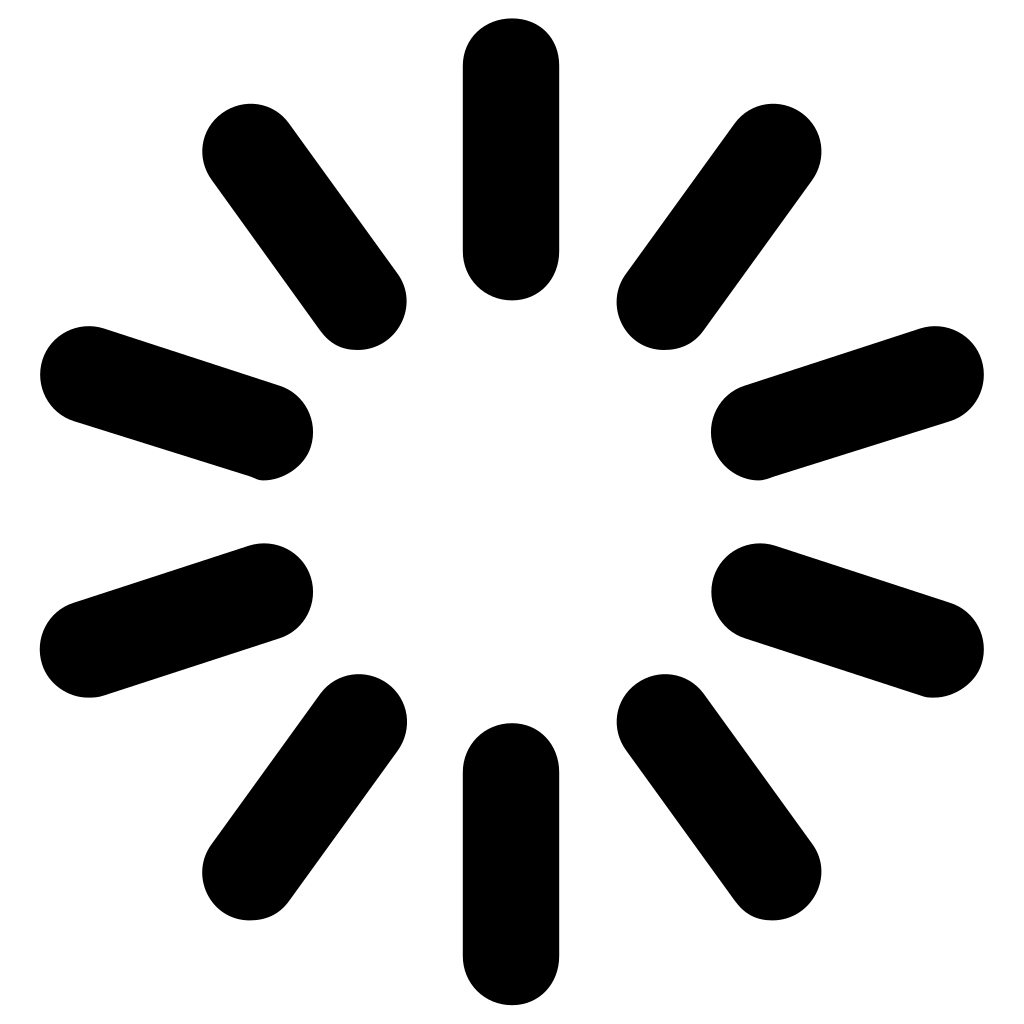
png images would be of great help for me. I also tried the solution mentioned in below forum, but that also did not worked for me. Where, IDB_PNG_FILE is declared in resource file (.rc file) MyImage.LoadFromResource(hInst, MAKEINTRESOURCE( IDB_PNG_FILE )) However, i want to load the image from resource file. MyImage.Load(_T("C:\\Test.png")) -> works fine
Loading png full#
But CImage loads png files only if i use function load() and give full file path name. I went through some of the forums and found that i can use CImage to load png images. Furthermore, don’t forget to subscribe to my email newsletter in order to receive updates on the newest tutorials.Till now i was using API LoadBitmap() to load images in. Please let me know in the comments section, if you have additional questions.
Loading png how to#
To summarize: In this article, I have shown how to insert a PNG image between particular axis values in the R programming language. Adjust Space Between ggplot2 Axis Labels and Plot Area.Set ggplot2 Axis Limit Only on One Side in R.Add Common Legend to Combined ggplot2 Plots.Draw Multiple ggplot2 Plots Side-by-Side.Draw Composition of Plots Using the patchwork Package.Common Main Title for Multiple Plots in Base R & ggplot2.In addition to the video, you might read some of the other tutorials on this homepage. If you accept this notice, your choice will be saved and the page will refresh. By accepting you will be accessing content from YouTube, a service provided by an external third party. Please accept YouTube cookies to play this video. My_image_mod3 <- ggplot(data, aes(x, y)) + # Modify y-axis positions of imageĪnnotation_custom(rasterGrob(my_image2, width = 1, height = 1),Īs next step, we can draw our PNG images and our ggplot2 plot side-by-side: My_image_mod3 <- ggplot (data, aes (x, y ) ) + # Modify y-axis positions of imageĪnnotation_custom (rasterGrob (my_image2, width = 1, height = 1 ), Next, we can use the patchwork package to create our final graphic: Note the different ymin and ymax specifications in the previous syntax (i.e. My_image_mod2 <- ggplot(data, aes(x, y)) + # Modify y-axis positions of image It will use less bandwidth and load faster. Use TinyPNG to shrink images for your apps and sites. My_image_mod2 <- ggplot (data, aes (x, y ) ) + # Modify y-axis positions of image The format uses compression, but the files can still be large. Since our PNG now contains the y-axis of our plot, we can remove it from the example ggplot2 plot: This plot object contains our example PNG image and the y-axis on the left side of the example image.
Loading png for free#
The previous R syntax has created a new ggplot2 plot object called my_image_mod1. Clipart library offers about 15 high-quality Loading Symbol Cliparts for free Download Loading Symbol Cliparts and use any clip art,coloring,png graphics. My_image_mod1 <- ggplot(data, aes(x, y)) + # Modify image fileĪ = element_line(color = "white"),Ī = element_text(color = "white"),Ī = element_text(color = "white"),Ī = element_line(color = "white"),Īnnotation_custom(rasterGrob(my_image1, width = 1, height = 1), background = element_blank ( ) ) +Īnnotation_custom (rasterGrob (my_image1, width = 1, height = 1 ), x = element_text (color = "white" ),Īxis.


x = element_line (color = "white" ),Īxis.

My_image_mod1 <- ggplot (data, aes (x, y ) ) + # Modify image fileĪxis.



 0 kommentar(er)
0 kommentar(er)
